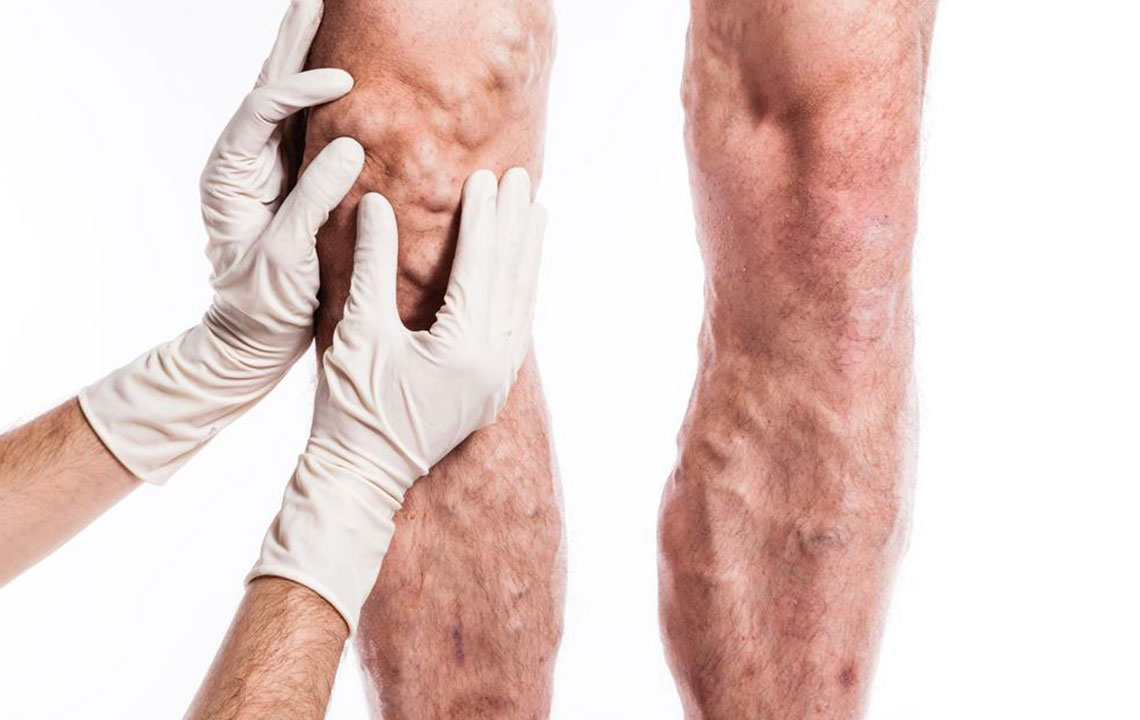How and why is a deep bite rectified
Overbite or a deep bite occurs when the upper section of the teeth protrudes a lot over the lower section of the teeth. The proportion of this overlooking is 30%-50%. In medical terms, it is also referred to as malocclusion. A deep bite is further divided into two types- a vertical or a horizontal deep bite. The following article covers how and why to fix a deep bite:
Why does it need to be fixed?

When a deep bite is not fixed on time or is left untreated, it may result in major complications. This may be the irreparable damage which is caused to the teeth due to abnormally positioning and even the potential pain in the jaw bone. Some of the other complications associated with a deep bite are as follows:
- It may result in the decaying of the tooth and can even suffer through gum disease, worn out enamel of the teeth as well as the gum disease
- Since it affects the jaw, the deep bite may even result in painful headaches
- Pain or discomfort while eating and chewing food
- A deep bite may even cause trouble while opening or shutting the mouth
- Sometimes it may result in sleep apnea
- It can even cause difficulty in speaking
An untreated deep bite can drastically change the structure of the face. Since the face has a different structure, the affected person may even suffer through really low self-esteem. It is the worst in kids because the aesthetic disfiguration may start really early and it may attract bullying by their peers.
How to treat a deep bite?
Typically, a deep bite can be cured by an orthodontist with the right treatment. For children, it is much easier as the jaw bone has developed completely. The most common issue associated with a deep bite is the crowded teeth but it just worsens with time. In any of these cases, the orthodontist or the dentist may require to examine the area and even write up a treatment plan for you. The treatment plan may stretch up to two years and may even last for a longer period of time. The initial X-rays are taken to understand which type of deep bite has affected the person and even determine the relationship between the jaw and the teeth in order to chart out the right course of the treatment. Some of the measures used are as follows.
For children and teens
- Removal of the baby teeth may be an option so that the permanent teeth grow straight
- A growth modification device can be used for better positioning
- Braces are a good option to gradually improve the condition of the teeth
- Retainers may be used post the braces are taken out.
For adults
- Braces, removal of teeth, surgery, are some of the preferred options
- Invisible braces can be used to correct the deep bite
- A deep bite may also be corrected with tooth removal surgery. This may give more space for the existing teeth to function properly.
- Surgery can also be used for the deep bite that is caused due to the skeletal problems.




